Cause
Listeria is a soil-borne bacterium and causes disease following ingestion by the animal. It is especially associated with cattle eating mouldy silage in the winter. This can occur if the silage harvester picks up bits of soil during harvesting. There is usually poor fermentation around this and listeria present also. It is usually more prevalent after a poor summer, when there is more soil contamination of silage. It is more common in bale rather than pit silage as the pH of pit silage is usually lower and kills off the bacteria.
It can also occur at grass if cattle graze close to the ground or eat concentrates directly off the ground, but more often than not it is related to the feeding of silage. It is also usually a disease of younger animals (less than three years old), as it is associated with tooth eruption and the emergence of the permanent molar teeth. During this period of tooth emergence, listeria organisms can gain entry to the nervous system via the tooth canal and, from there, travel to the hindbrain where they lead to microabscessation (multiple small areas of infection).
Symptoms
Apart from dullness, which is a consistent feature, the symptoms of listeriosis depend on which particular nerves are involved in the infection. Symptoms include a head tilt and circling (hence it is often called “circling disease”), as well as paralysis down one side of the face. This manifests as drooping of the ear and eyelid on one side, together with drooling of saliva out the same side of the mouth.
Occasionally, animals can have difficulty swallowing which dramatically diminishes the prognosis. A high temperature is present in many early cases, but may not be present in more advanced cases that may have been missed for a few days.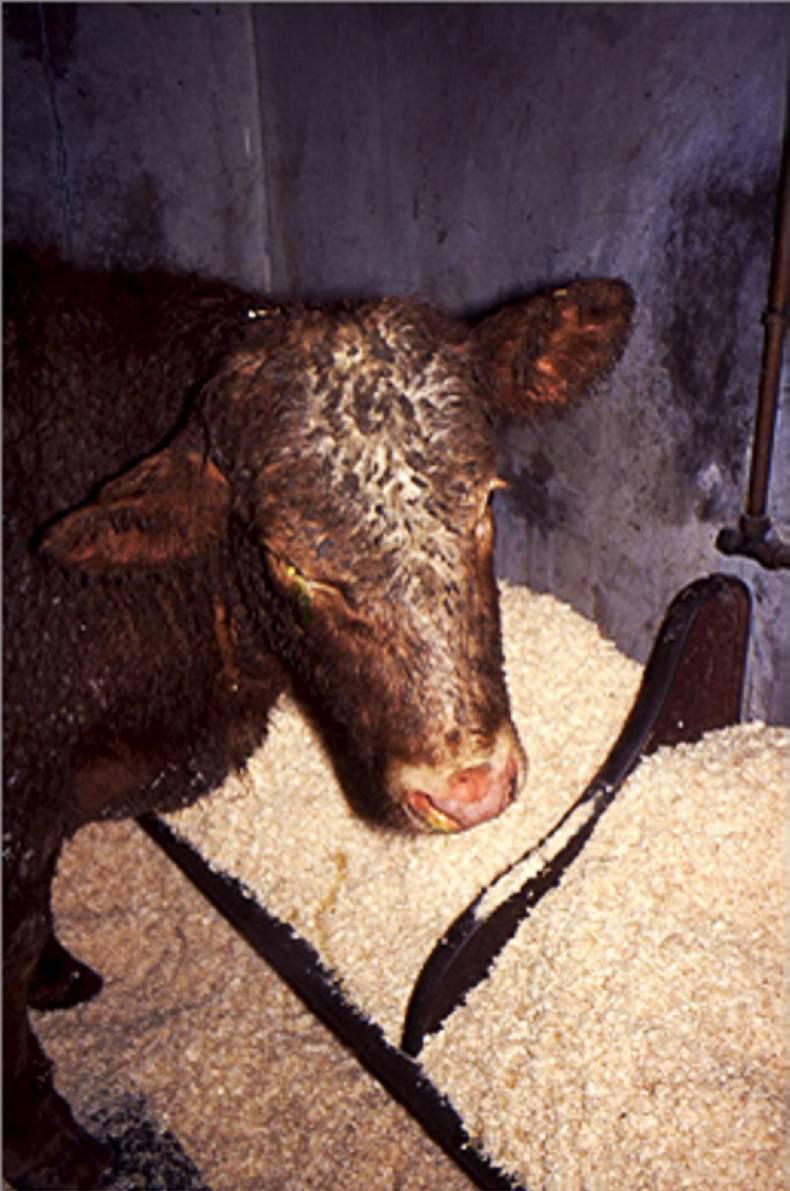
This bacterium is also a common cause of eye disease in both cattle and sheep, as well as isolated abortions in pregnant cows. However, the clinical signs tend to be strain specific, ie you only tend to get one form of listeriosis on a particular farm.
Treatment
Early treatment with antibiotics, will be effective in most cases. A long course of treatment is usually necessary, to ensure antibiotics penetrate the abscess formed in the brain. Prolonged courses (seven to 10 days) of the more basic antibiotics work best.
Supportive care, including housing and the provision of plenty of fluids, is an important part of therapy. Animals that cannot swallow will need to be stomach-tubed with water and electrolytes to give them more time to respond to antibiotic treatments. The prognosis for complete recovery is reasonably good if the affected animal is up and able to walk and swallow. However, if the animal becomes recumbent or loses the swallowing reflex, the prognosis becomes poor.
Prevention and control
The risk of listeriosis is much reduced by minimising the amount of potentially contaminated silage that younger animals are fed. This is done by actively discarding mouldy silage. At pasture, the risk is reduced by feeding animals from feed-troughs rather than directly on the ground.



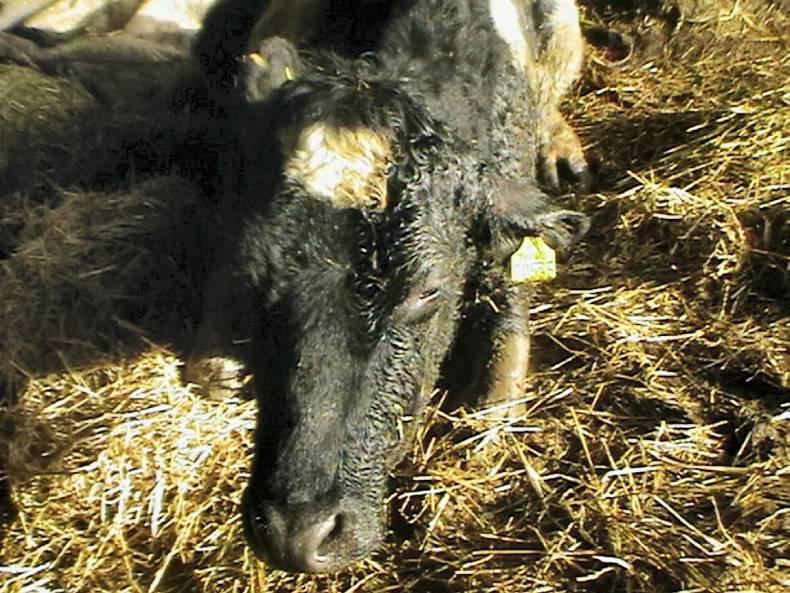

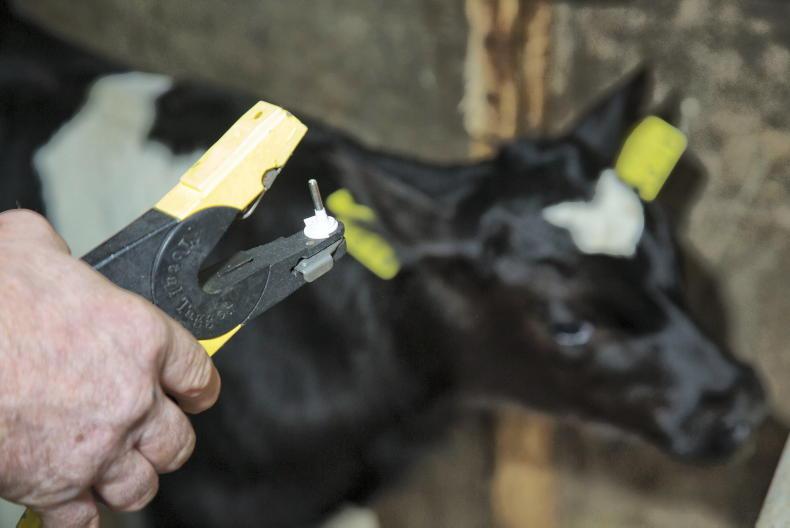

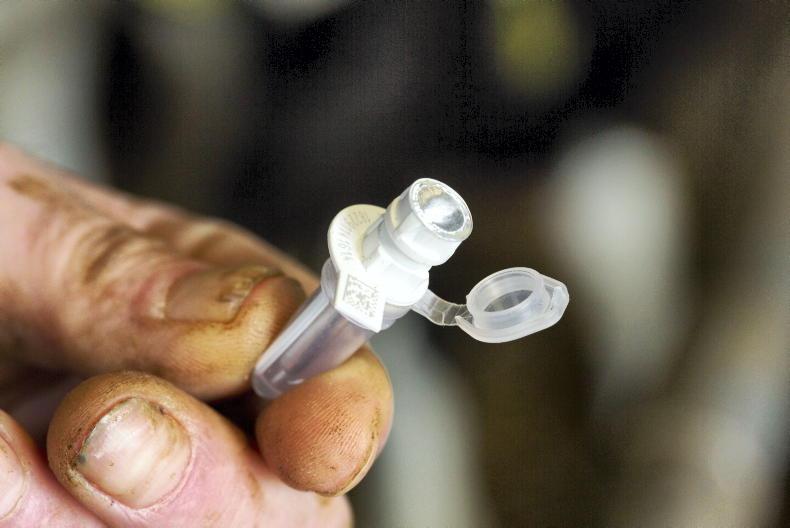
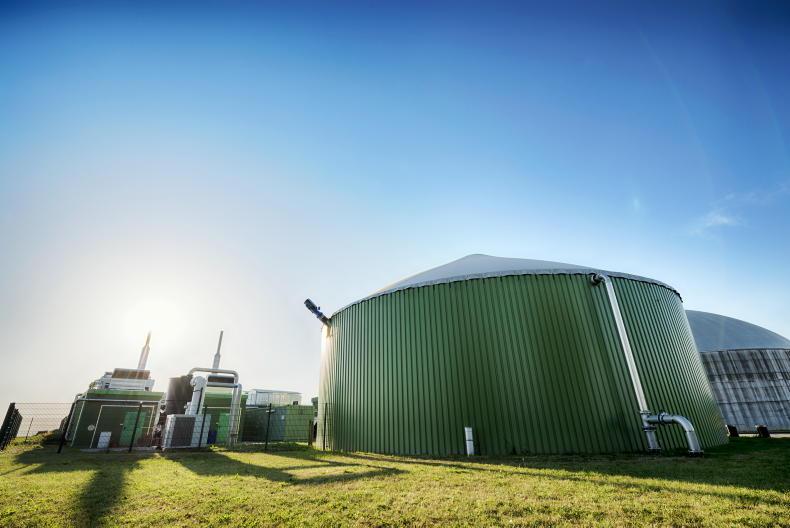
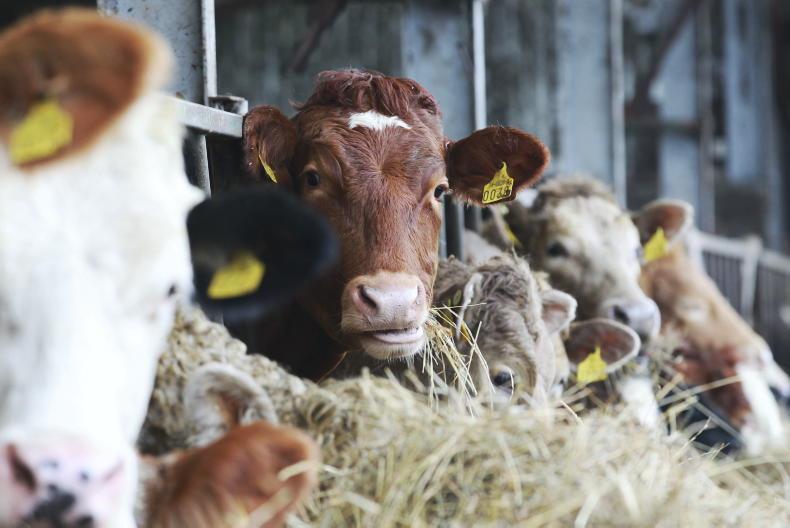
SHARING OPTIONS